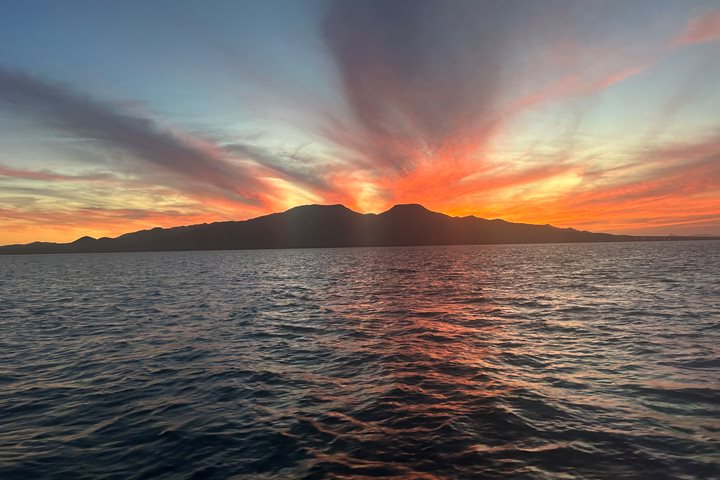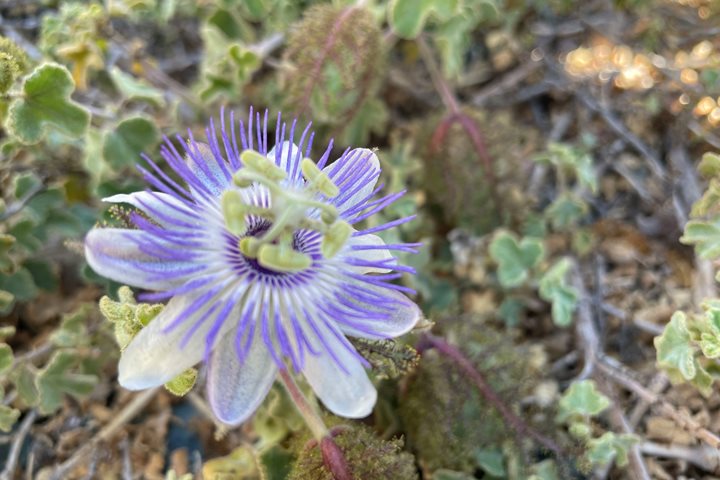As pangas left the fantail of National Geographic Sea Bird, a silence fell over those aboard. Words and even thoughts were drowned out by the hum of the engine and the whistle of the wind. We were left with no choice but to observe. Magnificent frigatebirds hovered overhead. A miracle of evolution, the birds rest on the breeze just as we do on sand. One must watch for what seems like an eternity to witness those massive wings beat. Pelicans danced their violent dance in pursuit of their daily catch. How they emerge unharmed from their dive-bombing into the sea is a mystery; that they emerge with anything at all seems impossible. As blows appeared on the horizon and we peered over the sides of the vessel into the verdant depths, a whole world of planktonic critters came into view. It is this menagerie that forms the foundation of a system that gives rise to the leviathans we pursue, and who in turn pursue us.
The Boca is a place where curious whale calves begin to meet the challenges life will present to them. Reaching adequate size and developing the muscular and respiratory fitness required for migration are likely the whales’ top goals, and we stop to gain a deeper understanding of those sharing the bay with us. Words do not do justice to the sensation felt the first time we lock eyes with a gray whale. In that moment, the kinship of all living things is felt potently.
During the evening, we made our way to the beach for a barbecue. As we dined, we basked in the glow of yet another successful whale watch. By the glow of the fire, we listened to the tunes of El Coyotes, a Mexican guitar duo. Naturalist and photo instructor Jim Pfitzer regaled us with tales of whales and forests as we sat with eyes closed, bellies full, and spirits aflame.







